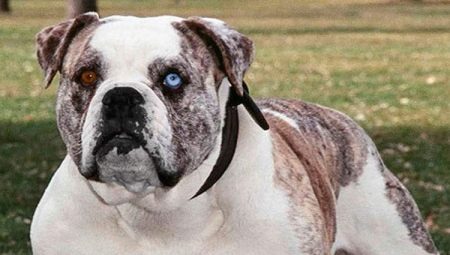Dog breeding is one of the most popular activities, which is aimed at breeding and improving various breeds of dogs. These animals for many years occupy the first place in popularity among pets. The International Cynological Federation has a huge number of different species of representatives of the canine family, which differ in size, color and purpose, but not all of them are recognized by this structure.

One of the unregistered breeds is the Alapakhskii purebred bulldog, which canine experts definitely recommend paying attention to.
Origin
Alapakhskii purebred bulldog is one of the rarest species, of which in the world there are no more than 200 individuals.
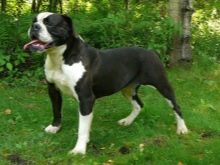
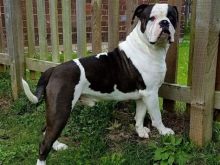
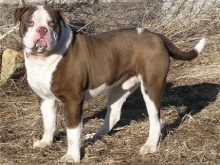
To determine this species, other breed names are also used - Alpaha, Otto and Alapaha.
The founder of this species was the Alapakh bulldog, who had incredible devotion to his master and for many years came to the grave of his owner and guarded it.
In 1800, the famous breeder Beck Leinen began the process of popularizing this species.due to which the number of individuals in the territory of different countries of the world was significantly increased.
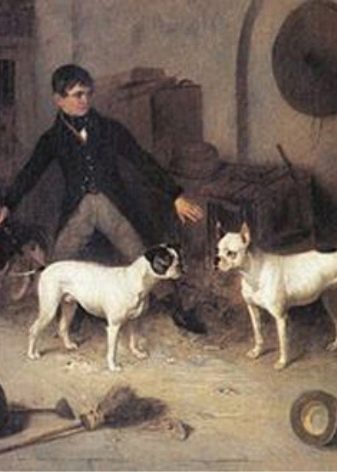
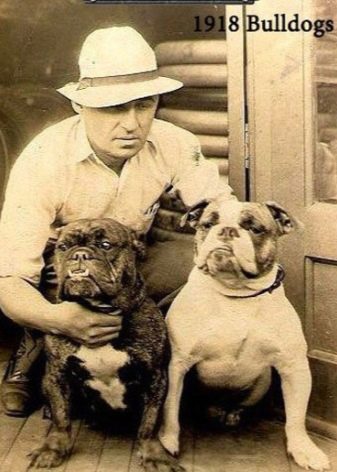
However, until now the breed remains unrecognized by the International Cynological Federation.
Breed description
The Alapakhskii purebred bulldog is a rare breed whose origin and species characteristics still provoke a huge amount of controversy among breeders from around the world. The growth of adult males reaches 60 cm, and the mass can exceed 40 kg. The weight of bitches is not more than 35 kg, and the growth does not exceed 55 cm. The average life span of an animal in comfortable conditions is 14 years.
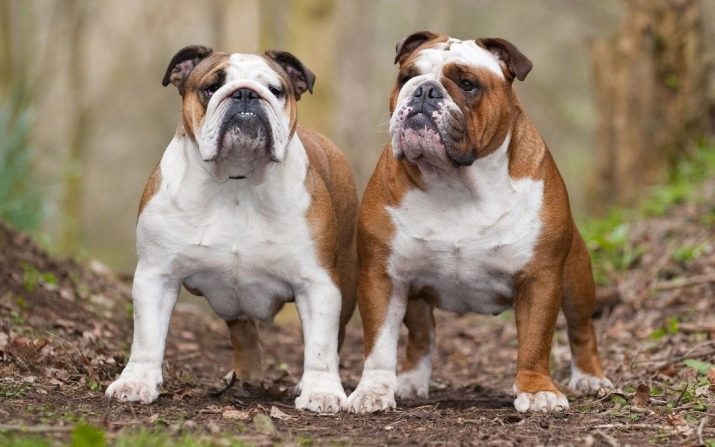
Dogs of this breed have a dense physique without excess fat, a square body, as well as a muscular and athletic appearance. The chest is wide and protruding. The flattened skull is covered with muscles over the entire surface. The animal has a sharp transition between the forehead and nose. Between the eyeballs must clearly pass a pronounced groove.
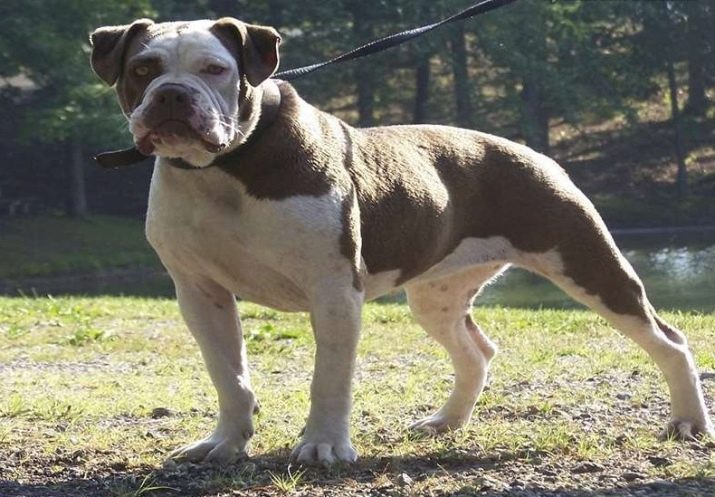
The oral cavity is round and wide with a large jaw that is extended forward. Breed standards allow for a snack. In the area of the cheeks there is a small amount of hanging skin, which has a dark and saturated shade.
The upper surface of the nasal passages is flat and wide, as well as black or brown.
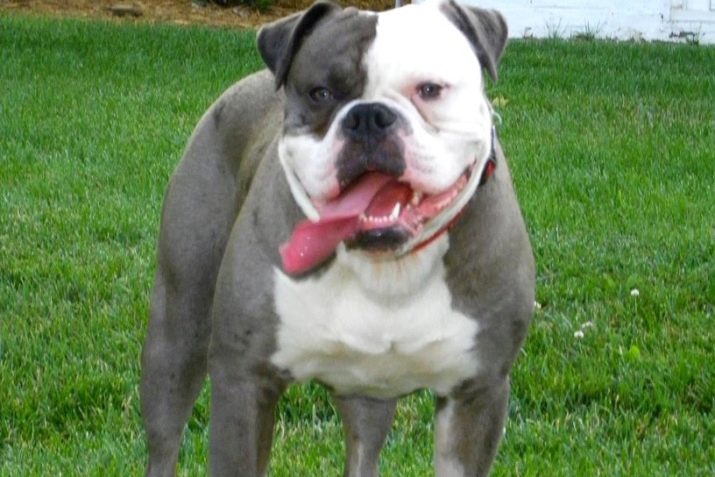
Eye size medium with standard fit. A distinctive feature of the breed is the presence of multi-colored shades of eyeballs.
Deviations from the standard are pronounced pink squirrels and eyelids.
The ears are small, tight-fitting, slightly folded back. The auricles are located at the crown level, which gives an even greater angularity to the head. Animals that have an irregular shape of the auricles are rejected at birth.
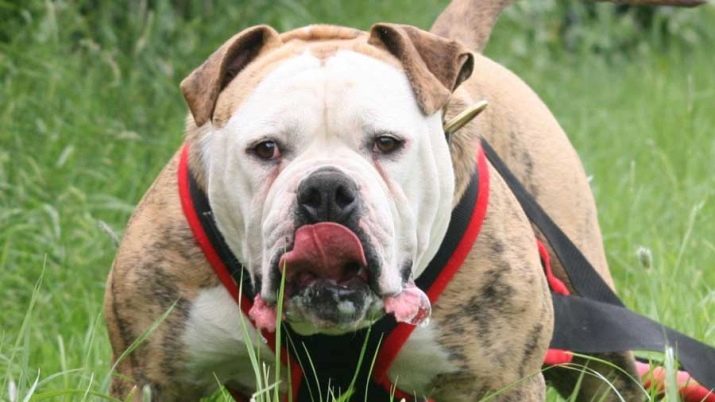
The massive and cervical zone has a slight narrowing in the area of connections with the head, and well-developed muscles help in the fight against opponents. The tail is massive, long and muscular, with movable hock joints.
Animals can have both cropped and uncropped tails.
Dogs have straight and powerful limbs without pronounced articular areas. Thanks to the powerful and widely spaced fingers, the animal acquires additional stability and mobility.
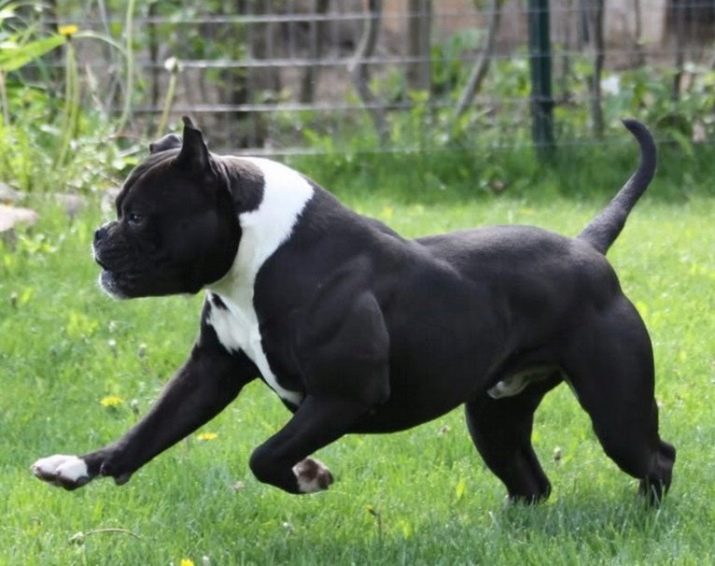
The dog has a short, shiny and hard coat, which can be of the following shades:
- the black;
- white;
- brown;
- ginger;
- marble;
- with tan marks;
- multi-colored.
The peculiarity of this breed lies not only in its peculiar appearance, but also in the size of the lacrimal canals, which are very short and curved, which creates difficulties for the passage of air currents.
Advantages and disadvantages
Like any other pet, Alapaha has a number of positive and negative characteristics.
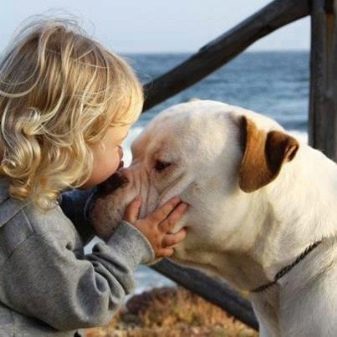
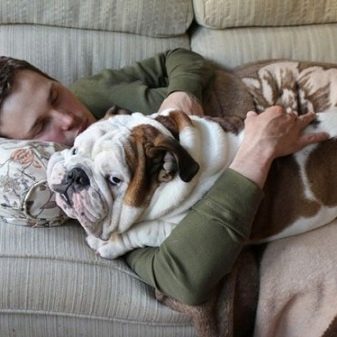
Advantages:
- devotion;
- patience;
- high intellectual abilities;
- mobility;
- love of active games and family entertainment;
- high level of learning
- composure;
- quick response to a threat;
- observation and attentiveness;
- self-assessment of the situation;
- advanced analytical skills;
- maximum caution when playing with small children and animals;
- the ability to use as a bodyguard.
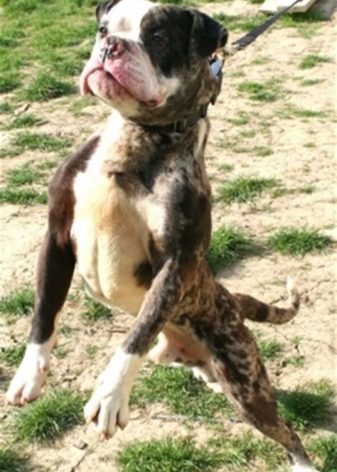
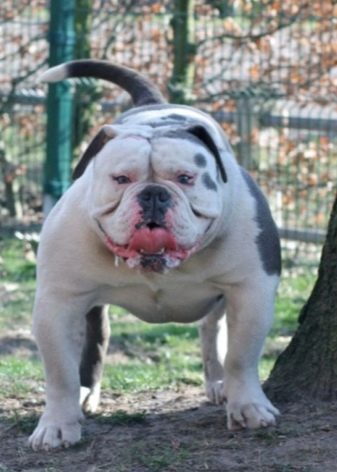
Disadvantages:
- increased aggression towards outsiders;
- lack of skills to protect a large territory;
- aggressive perception of disloyal behavior towards oneself;
- the presence of snoring;
- intolerance of loneliness.
When choosing a puppy, one must take into account that this breed is included in the list of the most dangerous dogs in the world.
Temperament Features
Purebred Alapakh bulldog is a faithful, patient and lively animal, which is a reliable assistant and friend for the owner. Despite its severe appearance, the pet is not intended to protect the territory.
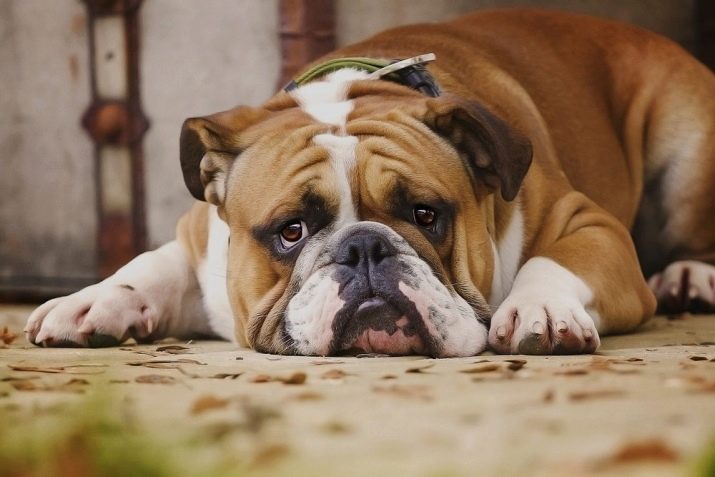
He can be used as a bodyguard, who will be ready to give his life for the safety of members of the protected family.
Those who spend most of their time at work, it is better to refuse to purchase this breed in connection with its intolerance to loneliness.
The animal needs constant contact with the owner and all family members.

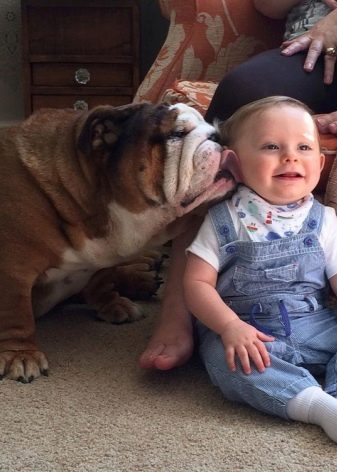
A long stay without communication provokes the development of depression and a depressed state and is manifested in the following actions:
- sonorous and constant barking, turning into a howl;
- refusal of food and water;
- damage to property;
- digging up the earth.
Dog handlers recommend paying attention to this breed to families with children who live in disadvantaged areas, where an ordinary walk along the street can be life-threatening.
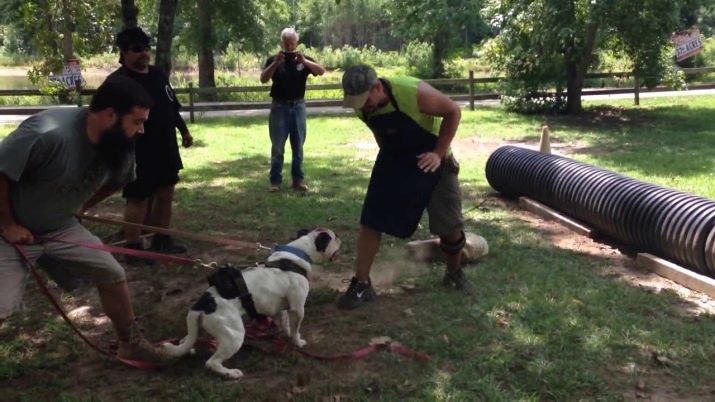
Parents can safely let their child go for a walk without worrying about his safety.
A loyal, attentive and intelligent pet will not take his eyes off the ward throughout his entire stay on the street and, if necessary, without a preliminary command will rush to his defense. Even in the process of an exciting game, the dog remains alert and responsible for the baby.
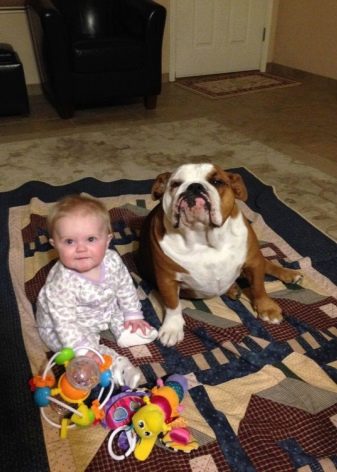
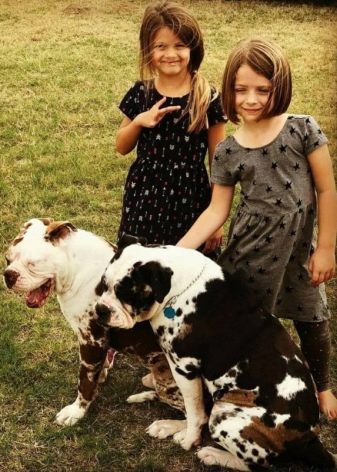
Before buying this breed, cynologists recommend paying attention to the peculiarity of brain development in an animal that develops only up to 5 months, and the ability to perceive new information and learn practically disappears after 7 months.
The adequacy and upbringing of an adult dog directly depends on the amount of knowledge that the pet will receive in childhood.
In the absence of time or knowledge to train the dog, experts recommend seeking the help of experienced dog handlers who will help correct the behavior of the beast. Animals that have not been trained at an early age become uncontrollable and aggressive not only to outsiders, but also to their own owners.
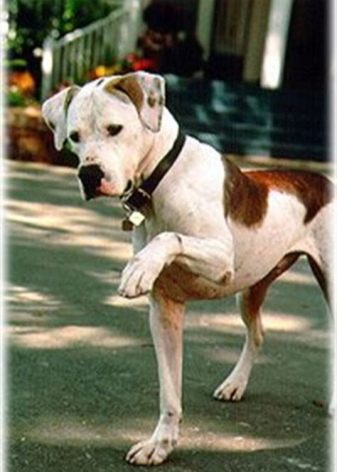
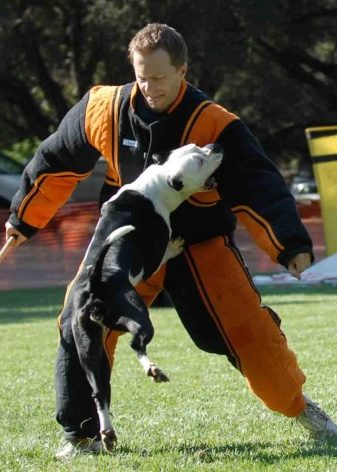
The training process should consist of the following steps:
- correction of behavior, development of obedience, as well as training in controlling aggressive character traits;
- training and learning teams.
Due to the presence of a wayward and aggressive character, during training it is strictly forbidden to beat, humiliate and insult a smart animal that can even take revenge on its master.
Conditions for keeping
Sociable and moving animals negatively relate to small enclosures, keeping on a circuit and enclosed spaces.
A friend dog must live in the same territory with the owners and have constant contact with them.
If the pet is still in the aviary, then its area should allow it to move freely, and the owners should constantly communicate with him and give him the maximum amount of time.

Animals that are kept in cages are cruel, inappropriate behavior and aggression towards others, including the owners.
In the case of a dog living in a house or a large apartment, it is advisable to allocate a separate room for her and ensure free movement throughout the premises.
To maintain a stable body weight and a developed muscular system, the dog must not only walk twice a day, but also load it with physical exercises.
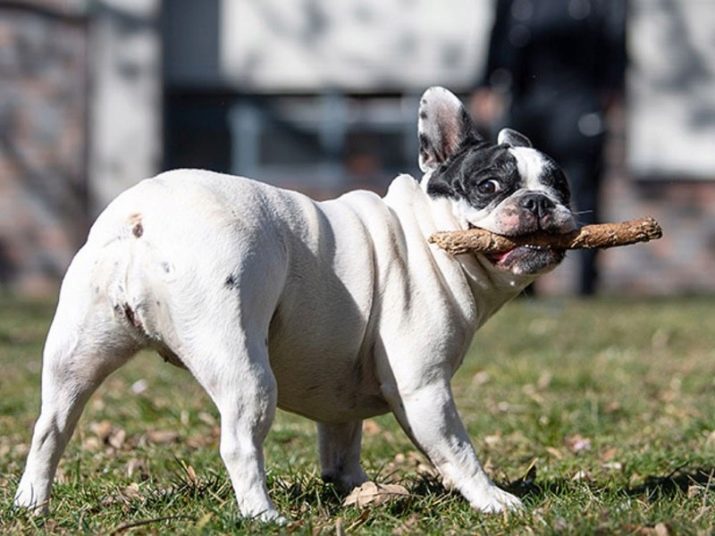
Living in uncomfortable conditions can provoke the appearance of wounds, fractures, as well as tearing and muscle strain.
What to feed?
For full growth and development, the animal must receive the maximum amount of nutrients.
A pet's diet can consist of both finished feed mixtures and natural products.
When buying dry food, you need to choose formulations designed for large dog breeds.
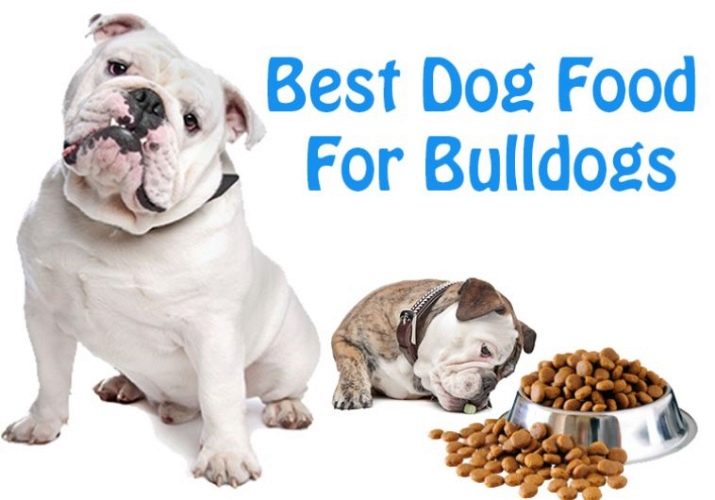
Experts recommend giving preference to high-quality feed, which are made from natural products and contain a minimum amount of dyes, stabilizers and flavor enhancers.
When using natural products in the diet, the amount of protein and carbohydrates must be properly balanced.
For this breed, the optimal amount of protein is 80 percent, and carbohydrates - 20 percent. A pet can be given meat, meat offal, trimmings, soft veins, liver and muscle tissue.
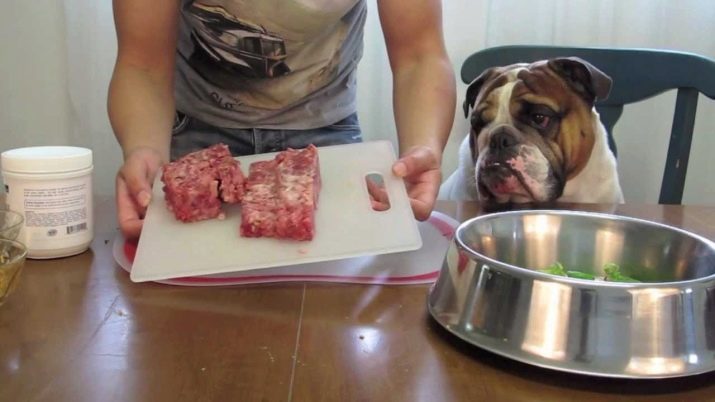
To maintain vitamin and mineral balance, the pet should regularly receive fish, vegetables, cereals and dairy products.
It is strictly forbidden to give the dog interior fat, animal skins and bones.
Under the ban there is food from the table, mayonnaise, seasonings, citrus fruits, instant products, sweet confectionery, chocolate and canned goods.
The diet of an adult should consist of two meals a day, which must be carried out after a walk.
How to care?
This breed belongs to unpretentious species that need minimal care. Combing the animal should be carried out 2 times a day with a special mitten, and during the molting period, hair care should be carried out daily.

To prevent the appearance of an unpleasant odor, the pet needs to conduct water procedures 3 times a year with the use of special shampoos and hair and skin care products.
In the autumn and spring, water procedures are performed as needed.
Inspection of the eyes and ears must be carried out several times a month, and if necessary, clean and rinse these organs. Claw length adjustment is also a mandatory procedure that is carried out using special nippers.
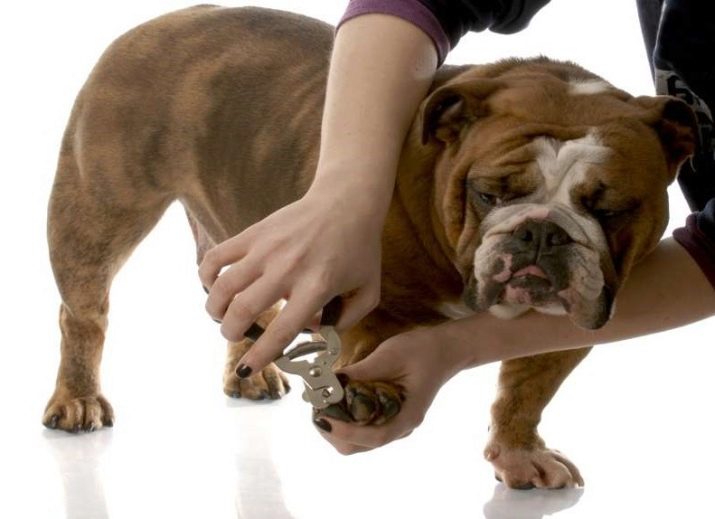
Compliance with simple rules for caring for a pet will help prevent the appearance of the following pathologies:
- impaired renal function;
- endocrine system diseases;
- bone malignant diseases;
- diseases of the musculoskeletal system;
- cherry eye.
A mini-clip about a pet - the Alapakh purebred bulldog can be seen below.
